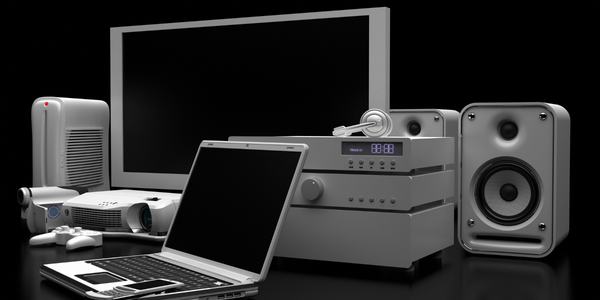下载PDF
Samsung and Cadence: Accelerating SSD Product Development with IoT
技术
- 分析与建模 - 数字孪生/模拟
- 传感器 - 温度传感器
适用行业
- 电子产品
适用功能
- 产品研发
- 质量保证
用例
- 虚拟原型与产品测试
- 虚拟现实
服务
- 硬件设计与工程服务
- 系统集成
挑战
固态硬盘 (SSD) 市场领导者三星决定于 2012 年在其 SSD 控制器中添加 PCI Express 接口,以提高数据传输性能并扩大其市场份额。传统上,SSD 基于用于 HDD 的 SATA 协议,该协议兼容,但与非易失性内存一起使用时存在性能和吞吐量限制。三星 SSD 中添加 PCI Express 显着增加了设备和软件验证所面临的挑战,特别是在片上系统 (SoC) 级别。这需要显着提高验证环境的性能,以验证 SoC 级别的 PCI Express 行为、集成和调试主机驱动程序软件以及验证端到端批量 DMA 传输。三星最初尝试使用他们的传统方法 - 使用模拟验证 IP (VIP) 的模拟测试平台 - 但发现它太慢且效率低下,无法满足他们对 PCI Express 接口的需求。
关于客户
三星是固态硬盘 (SSD) 市场份额的领先者,固态硬盘是一种创新的非易失性存储介质,通常用于笔记本电脑和服务器,代替旋转硬盘驱动器 (HDD)。该技术可节省功耗、空间和成本,同时提高产品可靠性。因此,SSD 越来越多地应用于平板电脑和智能手机等移动设备。 2012 年,三星决定在其 SSD 控制器中添加 PCI Express 接口以提高数据传输性能,期望这一创新能够扩大其市场份额并满足其他 OEM 市场的需求。
解决方案
为了克服这些挑战,三星向 Cadence 寻求加速验证解决方案。 Cadence 推荐其基于 Palladium® XP 的验证环境,使用仿真加速使用模型以及 PCI Express 加速 VIP (AVIP)。这一新环境与三星现有的环境非常契合,其中包括模拟和 FPGA 原型板。 AVIP 加速提供了仿真所达到的控制水平和可观察性,但它的运行速度快了数百倍,并且比基于 FPGA 的平台早了几个月。三周内,包括 PCI Express AVIP 在内的加速验证环境就已启动并运行,使三星能够发现使用模拟无法发现的错误。
运营影响
数量效益
相关案例.

Case Study
Remote Temperature Monitoring of Perishable Goods Saves Money
RMONI was facing temperature monitoring challenges in a cold chain business. A cold chain must be established and maintained to ensure goods have been properly refrigerated during every step of the process, making temperature monitoring a critical business function. Manual registration practice can be very costly, labor intensive and prone to mistakes.

Case Study
Cloud Solution for Energy Management Platform-Schneider Electric
Schneider Electric required a cloud solution for its energy management platform to manage high computational operations, which were essential for catering to client requirements. As the business involves storage and analysis of huge amounts of data, the company also needed a convenient and scalable storage solution to facilitate operations efficiently.

Case Study
Leveraging the IoT to Gain a Competitive Edge in International Competition
Many large manufacturers in and outside Japan are competing for larger market share in the same space, expecting a growing demand for projectors in the areas of entertainment, which requires glamor and strong visual performance as well as digital signage that can attract people’s attention. “It is becoming more and more difficult to differentiate ourselves with stand-alone hardware products,” says Kazuyuki Kitagawa, Director of Service & Support at Panasonic AVC Networks. “In order for Panasonic to grow market share and overall business, it is essential for us to develop solutions that deliver significant added value.” Panasonic believes projection failure and quality deterioration should never happen. This is what and has driven them to make their projectors IoT-enabled. More specifically, Panasonic has developed a system that collects data from projectors, visualizes detailed operational statuses, and predicts issues and address them before failure occurs. Their projectors are embedded with a variety of sensors that measure power supply, voltage, video input/ output signals, intake/exhaust air temperatures, cooling fan operations, and light bulb operating time. These sensors have been used to make the projector more intelligent, automatically suspending operation when the temperature rises excessively, and automatically switching light bulbs. Although this was a great first step, Panasonic projectors were still not equipped with any capability to send the data over a network.








